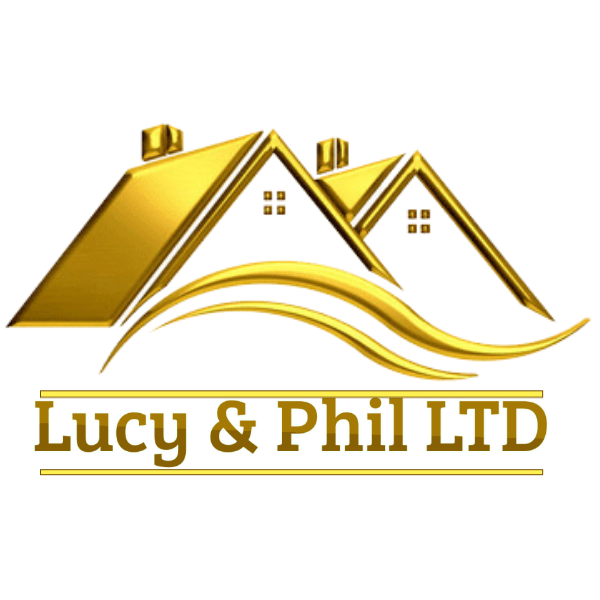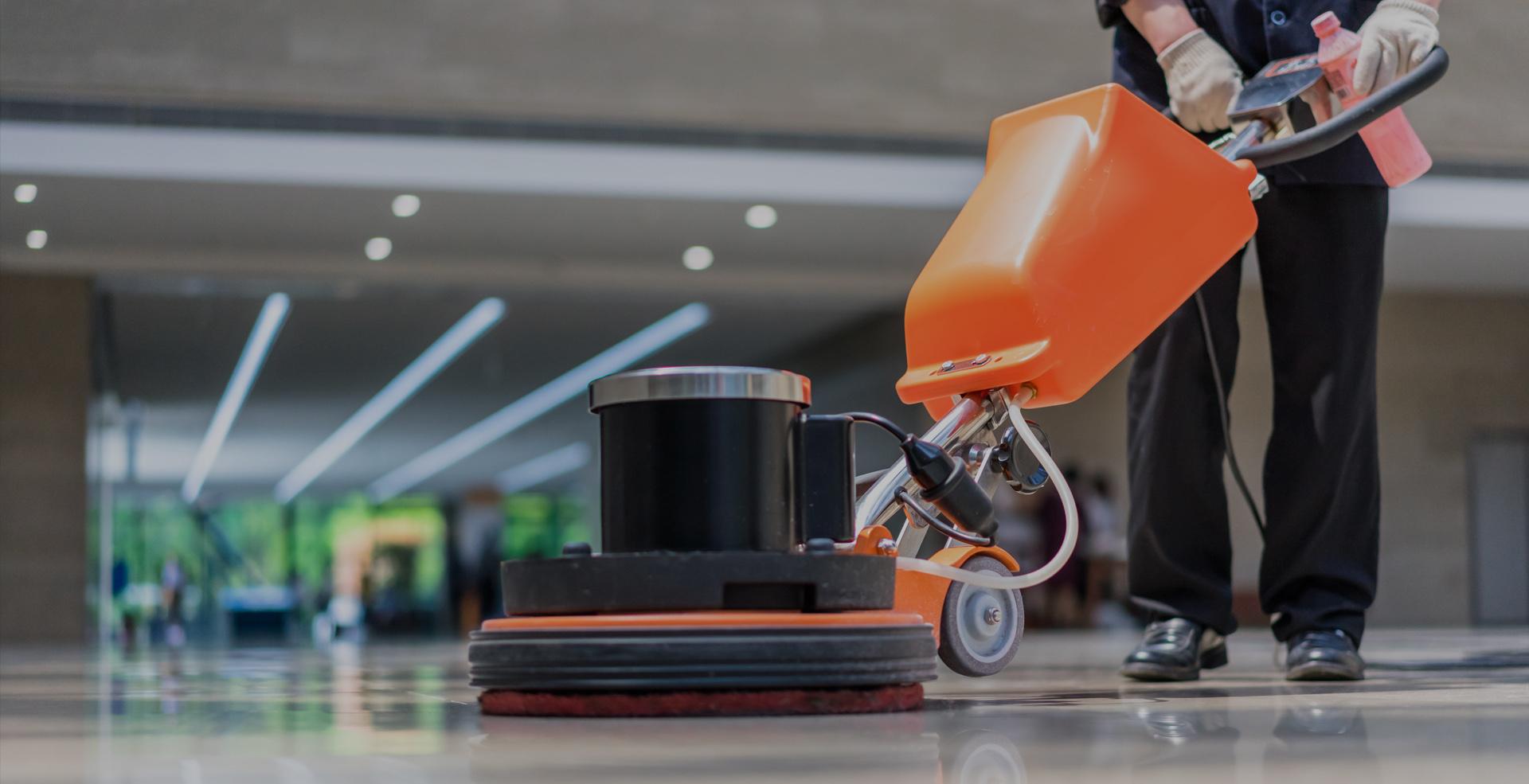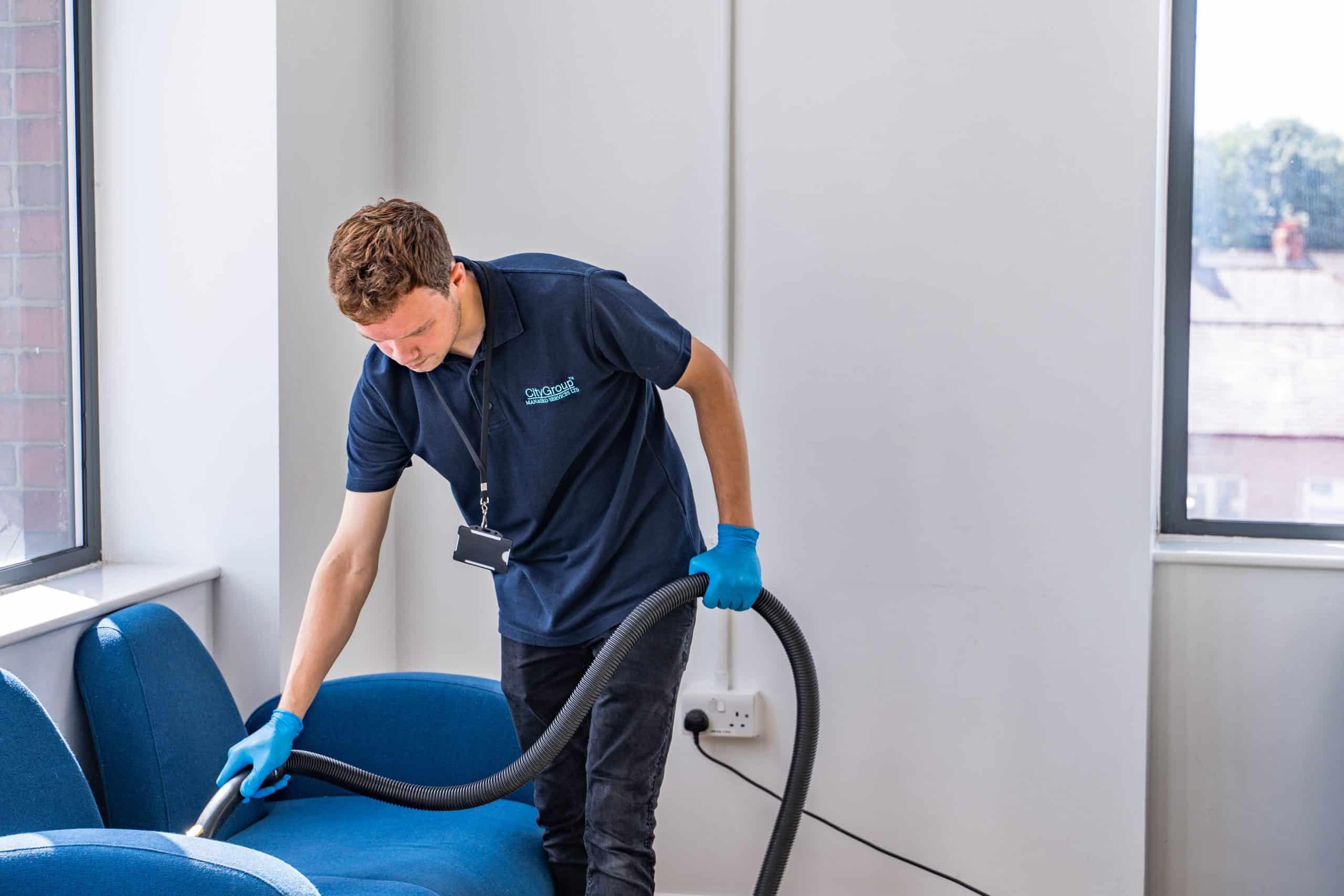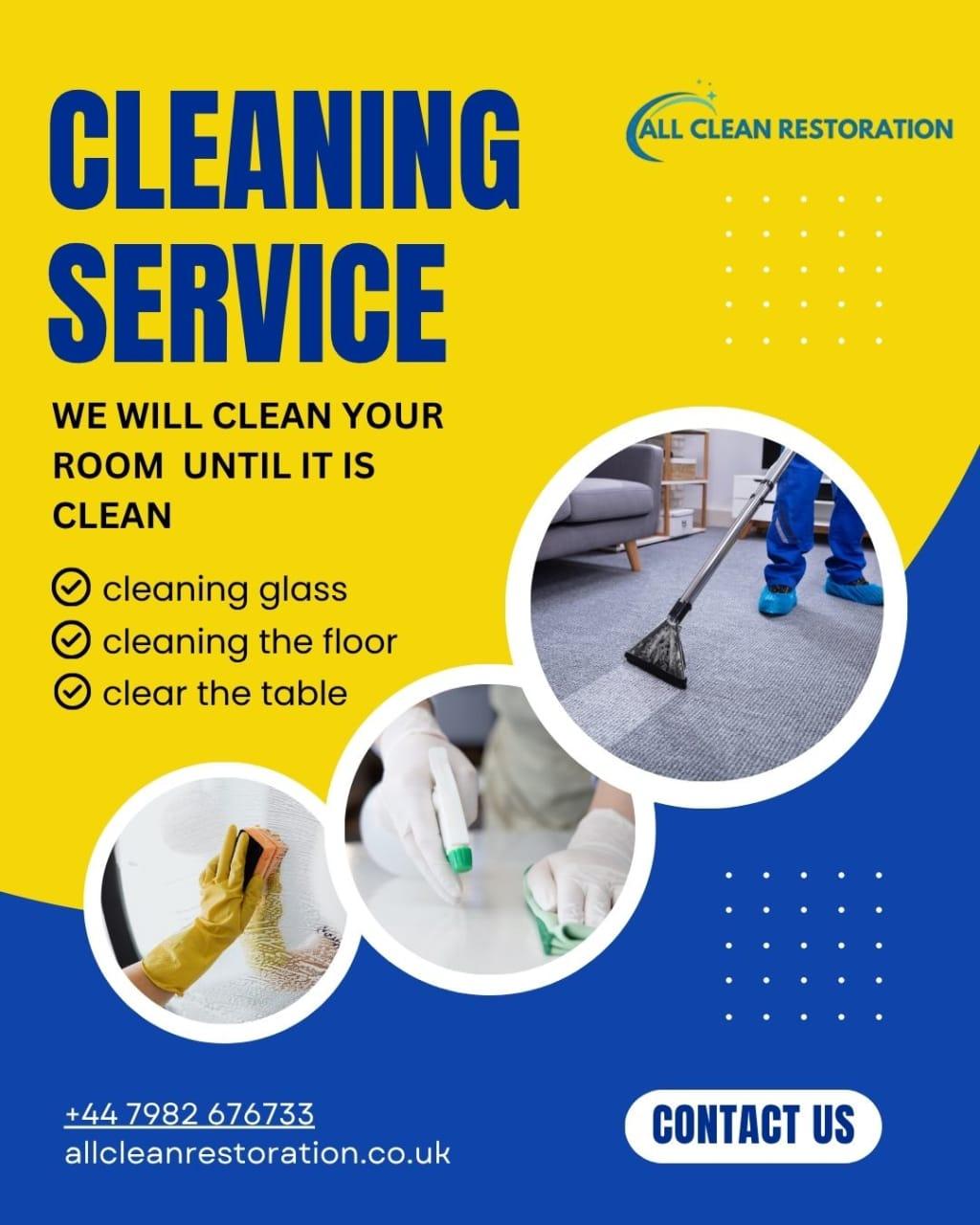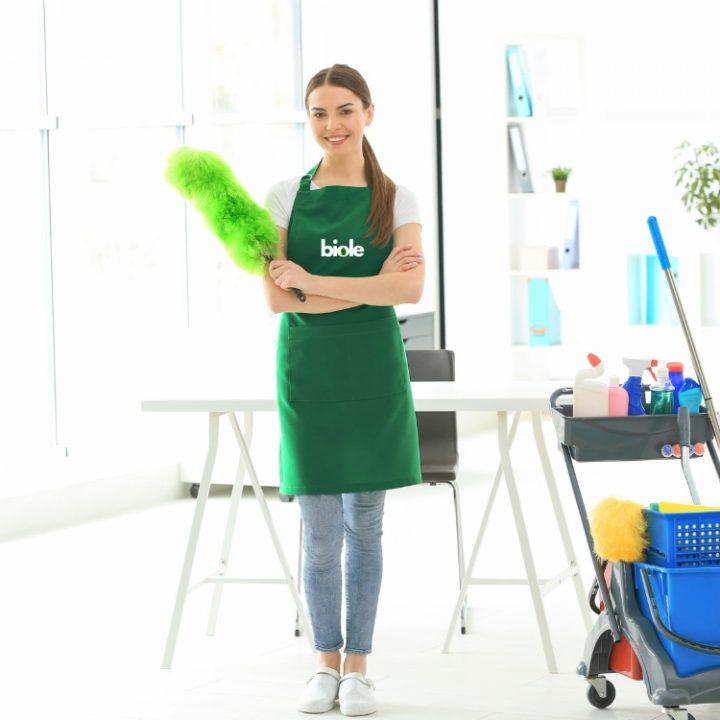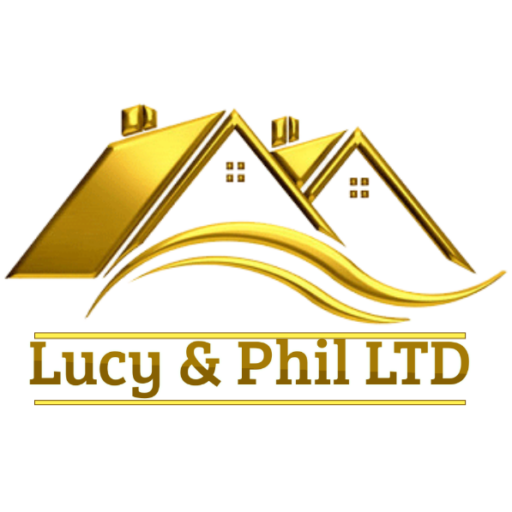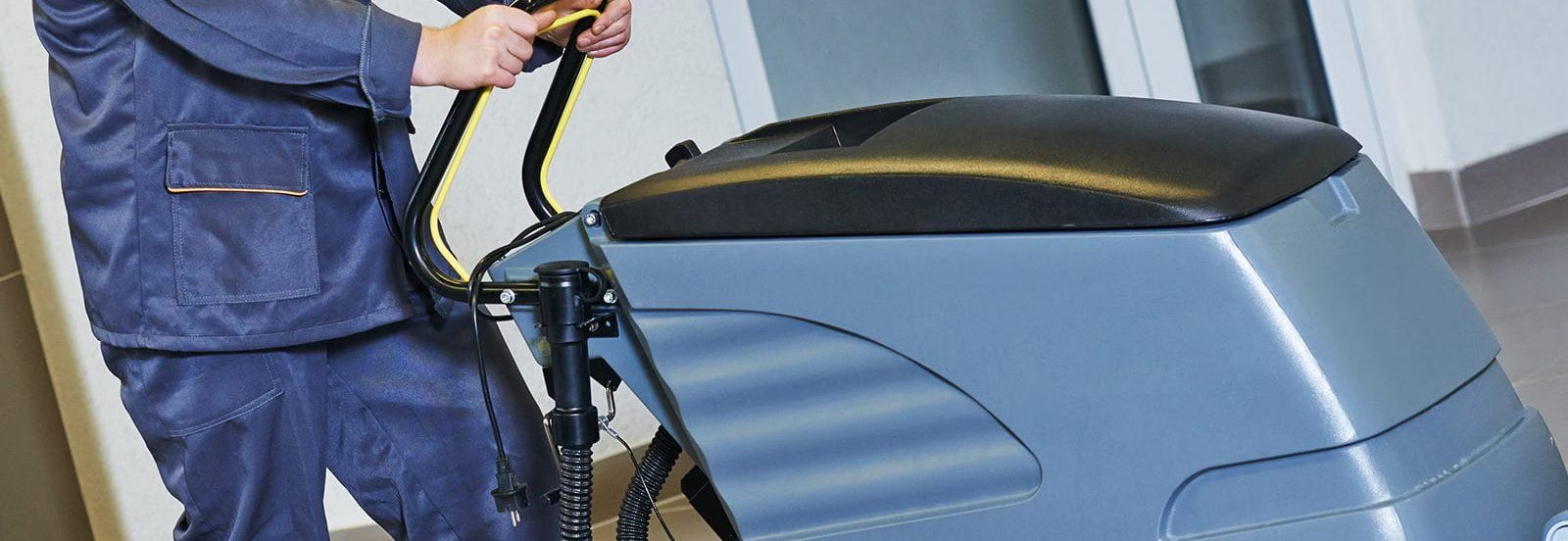
Before the first commuter arrives and long after the last light is switched off, commercial cleaning keeps the UK’s workplaces running. It is an industry that blends routine reliability with specialist expertise, spanning offices, warehouses, schools, transport hubs, hospitality venues, laboratories, and healthcare settings. Far from being just about mops and buckets, it is shaped by regulation and risk, public health expectations, and increasingly by sustainability goals-bringing together COSHH compliance, HSE guidance, accreditations like BICSc and ISO, and rigorous auditing and safeguarding.
Today’s cleaning programmes combine everyday tasks with targeted services such as clinical decontamination, kitchen deep cleans, high-level access work, washroom management, and waste handling. Technology is reshaping delivery through sensor-led scheduling, robotics, electrostatic application, and data-driven reporting, while the sector navigates shifting occupancy patterns, cost pressures, labour availability, and commitments to living wages and greener chemistry. This article explores the landscape of UK commercial cleaning: how services are scoped and priced, what compliance actually entails, the balance between national providers and regional specialists, and the role of innovation in delivering consistent standards across diverse environments.
Table of Contents
- Mapping the UK Commercial Cleaning Landscape and Market Trends
- Compliance, Accreditation and Health Standards Every Facility Should Demand
- Contracting Smart with Transparent Pricing KPIs and Service Level Agreements
- Sustainable Methods and Tech Upgrades for Cleaner Safer Workspaces
- In Retrospect
Mapping the UK Commercial Cleaning Landscape and Market Trends
The market stretches from glass-and-steel offices in the City to wind-battered warehouses on the Humber, stitched together by a mix of nimble SME providers and nationwide FM integrators. Demand clusters around offices, healthcare, education, hospitality and retail, logistics and industrial, and public estates-each with distinct SLAs, audit intensity, and risk appetite. Procurement blends private RFPs with frameworks such as Crown Commercial Service and NHS routes, while hybrid work concentrates footfall into midweek peaks that rewire day-porter rosters and consumables planning. Layered on top, expectations for BICSc training, ISO 9001/14001, DBS checks, and waste traceability elevate reporting discipline and nudge operators toward standardised methods without losing site-level flexibility.
- Buyer priorities: outcome quality over “price-per-hour”, Living Wage alignment, TUPE certainty, and bundled soft services that simplify FM oversight.
- Provider shapes: day-cleaning specialists, night crews for high-traffic zones, and mobile rapid-response teams for multi-site portfolios.
- Regional nuance: London weighting and security clearances; heritage sites preferring conservation-grade chemistries; devolved procurement styles in Scotland, Wales, and NI.
- Contract styles: input-based vs output-based, periodic deep cleans, seasonal scale-ups, and risk-sharing KPIs linked to footfall or IAQ metrics.
Momentum is building around low-chemical methods, microfiber systems, and decarbonised fleets, with sensors and CAFM platforms turning routine tasks into data-led, on-demand cleaning. Robotics is shifting from novelty to practicality-cobots for scrubber-drying, UV for specific clinical zones-while infection-control habits persist in food and healthcare. Inflation, wage floors, and consumables volatility tighten margins, pushing outcome-based pricing, smart dosing, and supplier consolidation. At the same time, clients are weaving ESG into tenders-demanding recycled consumables, scope-3 visibility, and community impact-rewarding operators who can prove results with transparent dashboards rather than promises on paper.
| Trend | Client Impact | Supplier Play |
|---|---|---|
| Hybrid occupancy | Midweek service peaks | Dynamic rosters, spot-cleaning |
| ESG-first tenders | Proof over pledges | Dashboards, waste KPIs |
| Living Wage uplift | Budget reweighting | Outcome pricing, productivity |
| Automation & sensors | Consistent quality | Cobots, demand triggers |
| Consolidation | Fewer, broader suppliers | Bundle services, scale |
Compliance, Accreditation and Health Standards Every Facility Should Demand
In the UK, the best commercial cleaning partners turn compliance into everyday practice, not just paperwork. Look for documented controls under the Health and Safety at Work Act and COSHH, verifiable training (e.g., BICSc skill sets), and chemicals proven against BS EN standards such as EN 1276 (bactericidal), EN 13697 (surface), and EN 14476 (virucidal). High-risk environments should show evidence of NHS colour-coding, infection prevention protocols, and-where relevant-alignment with the National Standards of Healthcare Cleanliness 2021. Kitchens demand HACCP integration; estates and FM teams should see coordinated ACOP L8 water hygiene engagement, method statements, risk assessments, and RIDDOR-ready incident procedures, all backed by traceable audit logs.
Beyond the badge, demand proof you can verify. That includes current certificates for ISO 9001 (quality), ISO 14001 (environment), ISO 45001 (safety), safety prequalification like CHAS or SafeContractor, and an Upper Tier Waste Carrier Licence for compliant disposal. Expect training matrices, DBS checks for education/healthcare sites, equipment PAT testing, maintained SDS libraries, and real-time audit trails (QR checklists, photos, ATP where applicable). Insist on clear insurance levels, sustainability evidence (e.g., ISO 14001, credible carbon reporting), and a service charter that links daily tasks to measurable hygiene outcomes.
- Third-party safety accreditation (CHAS/SafeContractor) with up-to-date portal profiles
- ISO-certified systems for quality, environment, and occupational health & safety
- COSHH-compliant risk assessments and accessible Safety Data Sheets
- BS EN-tested disinfectants for the right risk profile (including EN 14476 where needed)
- BICSc-trained operatives and colour-coded cleaning to prevent cross-contamination
- Waste Carrier Licence and duty-of-care documentation for all waste streams
- DBS checks for sensitive sites; RIDDOR process and incident reporting
- PAT-tested equipment, safe work methods, and maintained asset logs
| Accreditation/Standard | Covers | Proof to Request |
|---|---|---|
| ISO 9001 | Quality systems | Certificate + audit report |
| ISO 14001 | Environmental control | Certificate + objectives |
| ISO 45001 | H&S management | Certificate + risk register |
| CHAS/SafeContractor | Safety pre-qual | Active membership link |
| BICSc | Skills & methods | Operative IDs/training matrix |
| COSHH | Chemical safety | SDS + assessments |
| EN 14476 | Virucidal efficacy | Product label/tech data |
| Waste Carrier Licence | Legal waste handling | Licence no. + transfer notes |
| ACOP L8 | Legionella control | Risk assessment evidence |
| HACCP | Food area hygiene | Plan + monitoring logs |
Contracting Smart with Transparent Pricing KPIs and Service Level Agreements
For facilities across the UK, smarter agreements start with clear, line‑item pricing that mirrors real-world outputs and site realities. Request proposals that separate labour (day, evening, and bank holiday rates), periodic works (floors, high-level, washrooms), and specialist tasks (clinical, food-safe, builders’ clean), and include consumables as a transparent pass-through with an agreed margin. Build in mobilisation plans, TUPE-aware assumptions, training hours, supervisory ratios, and indexation clauses (e.g., CPI/RPI) to keep costs predictable and fair. Insist on evidence-backed invoicing-timesheets, GPS/IoT attendance data where appropriate, and proof-of-purchase for materials-to align payment with performance and keep everyone honest.
- Transparent rates: clearly stated labour bands, out-of-hours premiums, and bank holiday uplifts
- Defined scope: daily routines, periodic schedules, and exclusions documented and signed
- Consumables: at-cost + agreed margin with monthly usage reports
- Change control: a simple variation process for headcount, frequency, and square footage
- Sustainability: low-chemical options, waste KPIs, and ESG reporting baked in
| KPI | Metric | Target (SLA) | Evidence |
|---|---|---|---|
| Attendance Compliance | Planned vs. delivered hours | >98% | Time & attendance logs |
| Response to Spills | Reactive call-to-on-site | <30 mins | Helpdesk timestamps |
| Quality Score | Audit pass rate | >95% | Monthly audit reports |
| Issue Closure | Corrective actions | <5 business days | Action tracker |
| Customer Satisfaction | Site lead rating | >4.5/5 | Quarterly survey |
Governance keeps the promise real: define review cadences (monthly ops, quarterly strategic), a RAG dashboard, and service credits for sustained underperformance balanced with earned-performance bonuses for exceeding targets. Lock in data ownership, privacy, and BCP terms; agree an escalation matrix, exit plan with asset handback, and continuous-improvement commitments tied to technology (e.g., productivity tools, IoT counters). With concise, measurable KPIs and enforceable SLAs, both client and contractor gain a fair, auditable framework that protects budgets, elevates hygiene standards, and adapts smoothly as your portfolio evolves.
Sustainable Methods and Tech Upgrades for Cleaner Safer Workspaces
Greener processes start with the basics: switching to closed-loop microfibre systems, low-VOC concentrates with EU Ecolabel, and COSHH-aware decanting to cut waste without compromising compliance. In high-traffic areas, smart zoning reduces chemical load by prioritising mechanical removal (agitation and capture) before any spray is applied, while colour-coded tools prevent cross-contamination. Pair that with battery-efficient kit, reusable trigger heads, and portion-controlled dosing to shrink plastic and water miles-helpful for BREEAM targets and ISO 14001 frameworks common across UK facilities.
The safest spaces now blend sustainability with quiet, low-energy technology: HEPA H13 filtration on uprights to protect IAQ, robotic scrubbers that reclaim water, and sensor-led scheduling that cleans by need, not by rota. Layer in QR-coded audits for instant traceability, electrostatic application for even coverage on touchpoints, and live IAQ dashboards to verify outcomes-then connect it all to a simple CAFM workflow so supervisors see proof, not promises. The result is a leaner, safer routine that costs less to run and is easier to evidence during compliance checks.
- Microfibre, not paper: Captures more soil, reduces consumables.
- Cold-water chemistry: Cuts energy use while maintaining efficacy.
- Refill stations: Eliminates single-use plastics across sites.
- Daytime cleaning: Lowers lighting/HVAC demand and improves visibility.
- Waste-stream separation: Simple signage, higher recycling rates.
| Upgrade | Primary Benefit | Footprint |
|---|---|---|
| HEPA H13 vacs | Cleaner indoor air | Low energy draw |
| Robotic scrubber | Consistent floors | Up to 70% water saved |
| IoT dispensers | Refill alerts | Less product waste |
| Electrostatic sprayer | Even coverage | Lower chemical use |
- Smart scheduling: Sensors trigger work orders when thresholds are met.
- Digital QA trails: QR check-ins and photo evidence for audits.
- Quiet motors: Sub-70 dB equipment for safer, active workplaces.
- Energy-aware charging: Off-peak battery cycles reduce emissions.
In Retrospect
In the end, UK commercial cleaning is less a bolt-on service and more the quiet infrastructure of confidence. From compliance and risk management to wellbeing and brand perception, it touches every corridor of an organisation without asking for applause. The path forward is not about chasing the newest kit for its own sake, but aligning people, process and technology to clear, measurable outcomes: safer spaces, smarter schedules, reduced waste, and standards that stand up to scrutiny.
Whether you manage a single site or a national estate, the essentials remain steady-transparent specifications, evidence-based methods, fair labour practices, and partners who invest in training and continuous improvement. Add to that the growing role of data, robotics and sustainable chemistry, and cleaning becomes a lever for resilience as much as hygiene.
As workplaces continue to evolve, so will the brief. Revisit your requirements, test assumptions, and let the metrics do the talking. After all, every first impression starts long before the doors open.
